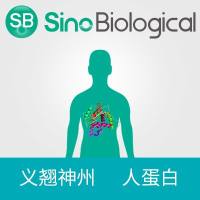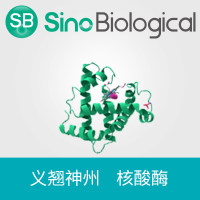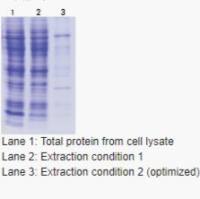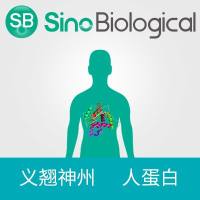北京义翘神州科技股份有限公司(Sino Biological Inc.)品牌商
17 年
手机商铺
商家活跃:
产品热度:
- NaN
- 0
- 0
- 2
- 2
品牌商
北京义翘神州科技股份有限公司(Sino Biological Inc.)
入驻年限:17 年
- 联系人:
客服部
- 所在地区:
北京
- 业务范围:
技术服务、试剂、抗体、细胞库 / 细胞培养、ELISA 试剂盒
- 经营模式:
生产厂商
推荐产品

Complement component 3重组蛋白|Recombinant Mouse Complement component 3 Protein (His Tag)
品牌:Sino Biological
¥4520 - 29350
咨询公司新闻/正文
CD34:揭开祖细胞的身份之谜
1601 人阅读发布时间:2023-07-28 17:04
前 言
CD34是广泛存在于各种干细胞或祖细胞表面的糖蛋白,被确定为造血干细胞(HSC)和造血祖细胞(HPC)的生物标志物,具有粘附分子的作用。CD34作为多种非造血细胞标志物,同时也在多种癌症干细胞表达。CD34药物靶点在许多血液疾病和炎症性疾病中具有治疗潜力。
01 CD34的生理学和病理学意义
CD34是参与多种生物过程的关键分子,主要表现为增强淋巴细胞粘附作用。通过与L-选择素结合,CD34可以介导HSC和HPC归巢至骨髓或基质细胞。此外,CD34是T细胞进入淋巴结所必需粘附分子。许多研究表明,CD34在维持祖细胞和未成熟干细胞的表型以及调节造血前体干细胞增殖中发挥重要作用。CD34还可以阻止细胞谱系分化,使祖细胞持续保持未成熟细胞状态。CD34已被确定为评估多种恶性肿瘤血管生成的生物标志物,例如宫颈癌、胃癌、肺癌和口腔鳞状细胞癌。CD34在细胞治疗、炎症疾病治疗及再生医学领域具有广阔的应用前景。

CD34及相关信号通路和分子。(源自:https://doi.org/10.1002/jcb.29571)
02 CD34从实验室到临床应用
CD34作为分离造血干细胞的标记物,用于各种细胞疗法,例如骨髓移植和基因疗法。CD34+细胞已用于多种临床应用,如HIV基因治疗、急性缺血性中风的治疗以及减少不良心脏事件的发生。截至2023年7月,有5项靶向CD34的临床或临床前细胞疗法正在进行中。临床试验中的CD34靶向药物
| 药物 | 药物类型 | 适应证 | 临床阶段 |
|---|---|---|---|
| E-CEL UVEC | 造血干细胞治疗、同种异体干细胞疗法、脐带干细胞疗法 | 急性白血病、急性淋巴细胞白血病、急性粒细胞白血病、霍奇金淋巴瘤、骨髓增生异常综合征、镰状细胞性贫血症 | Ⅲ期 |
| MNV-101 | 自体干细胞治疗、造血干细胞治疗、树突状细胞疗法 | 先天性能量代谢缺陷 | Ⅱ期 |
| programmed hematopoietic cells | 同种异体细胞疗法、T细胞疗法 | 免疫缺陷病 | 临床前 |
| HSC-100 | 脐带干细胞疗法、同种异体干细胞疗法、造血干细胞治疗 | 急性淋巴细胞白血病、急性粒细胞白血病、造血或淋巴组织肿瘤、霍奇金淋巴瘤、骨髓增生异常综合征 | Ⅰ期 |
| CD34+ cell therapy | 自体干细胞治疗、造血干细胞治疗、外周血干细胞治疗 | 缺血性中风 | Ⅱ期 |
源自:https://data.pharnexcloud.com/
03 CD34在研究中的应用
CD34重组蛋白在研究中经常被用于验证特定单克隆抗体的结合能力。Kedmi等人开发了负载siRNA靶向LNP(TsiLNP)的载体,用于精确的siRNA递送。为了评估TsiLNP和ccTsiLNP RIg的功能,在ELISA测定中使用了小鼠CD34重组蛋白(义翘神州)。Fan等人利用表面等离子共振(SPR)研究嵌合人源化抗体QBEND/10的亲和力,特别是它们与CD34蛋白(Fc标签,义翘神州)的相互作用。ELISA检测

测定不同αCD34 RIg与CD34结合亲和力。结果显示新开发的负载siRNA靶向LNP(TsiLNP)的载体结合的Rig亲和力较高(Kd≈0.24nM),比通过化学结合载体(cTsiLNPs)活性提高了4.5倍(Kd≈1.08nM)。
(源自:doi: 10.1038/s41565-017-0043-5)
(源自:doi: 10.1038/s41565-017-0043-5)
SPR检测
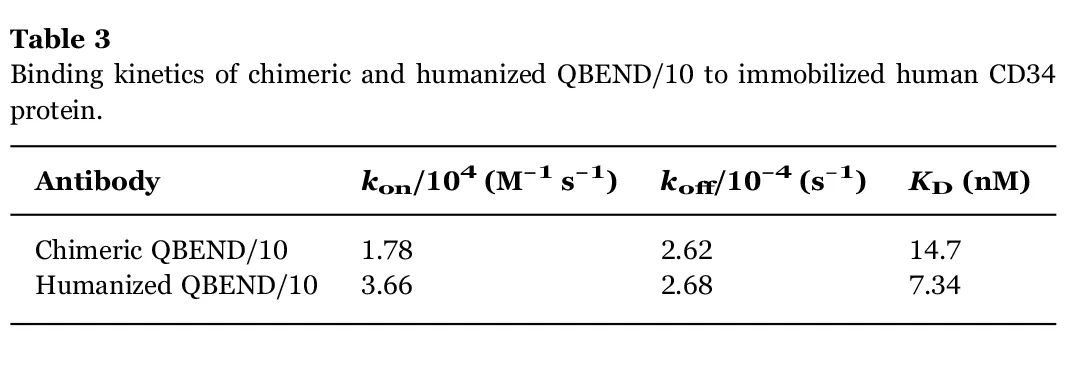
利用SPR测定人CD34重组蛋白与嵌合、人源化抗体QBEND/10的亲和力强度。研究人员认为嵌合型和人源化抗体的KD值相似,人源化过程中没有改变CD34的结合亲和力。
(源自:doi: 10.1016/j.bbrep.2016.11.006)
(源自:doi: 10.1016/j.bbrep.2016.11.006)
✦义翘神州CD34明星产品数据
Human CD34 Protein, (His & AVI Tag, Biotinylated, HPLC-verified) Cat: 10103-H49H-B高纯度:
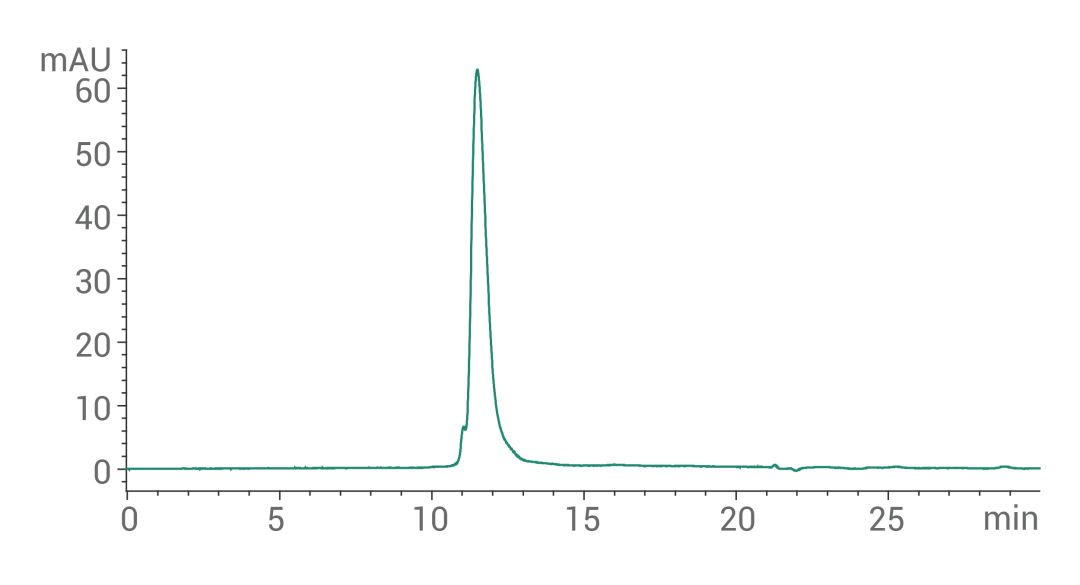
Purity ≥ 90 % as determined by SEC-HPLC
Anti-CD34, Rabbit Monoclonal, Cat: 50589-R013
Applications: ELSIA, IHC-O, FCM, ICC/IF, IP. 2 Citations
FCM检测
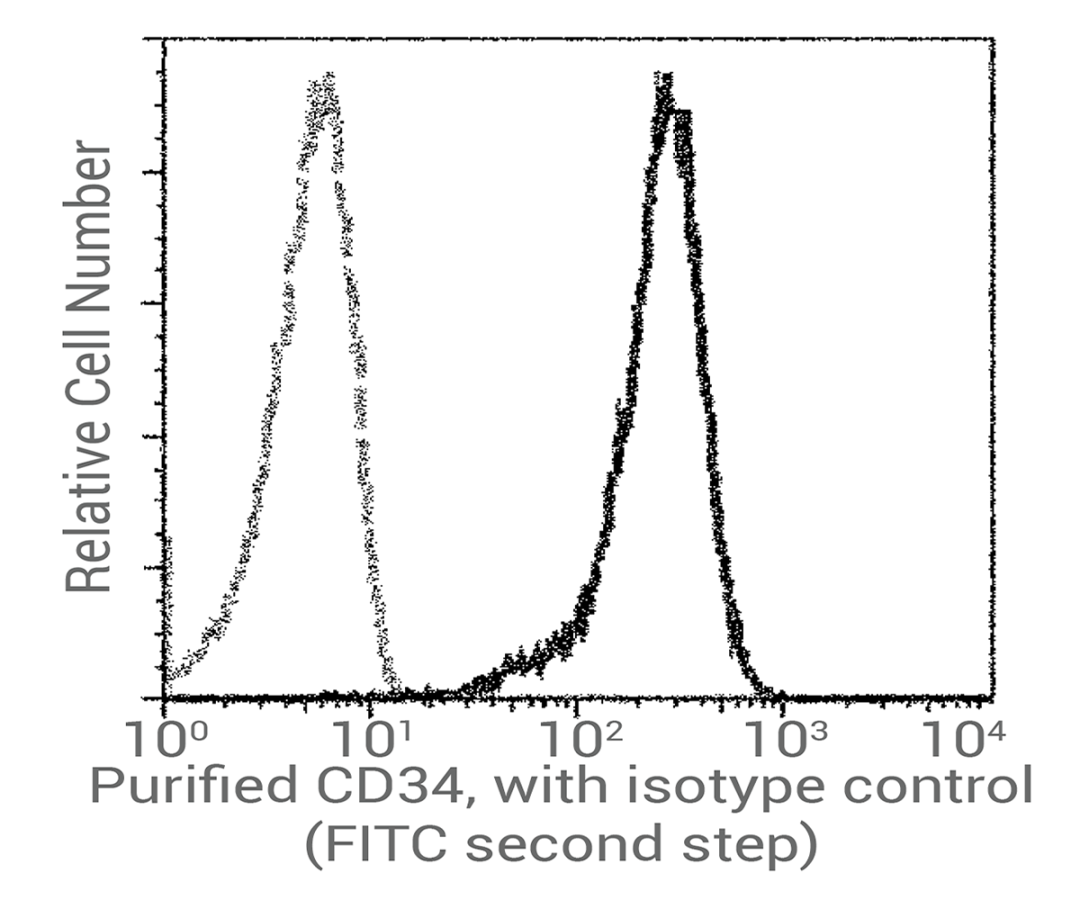
Flow cytometric analysis of CD34 expression on M1 cells.
更多CD34明星产品
| 货号 | 种属 | 标签 | 纯度 |
|---|---|---|---|
| 10103-H08H | Human | His | ≥90%☆ |
| 10103-H02H | Human | hFc | ≥90%☆ |
| 50589-M08H | Mouse | His | >98% |
| 80262-R02H | Rat | hFc | >80% |
| 10103-H02H-B | Human | hFc | >90% |
| 10103-H08H-B | Human | His | >90% |
【参考文献】
1. Antoine Verger et al. FDA Approval of Lecanemab: The Real Start of Widespread Amyloid PET Use? — The EANM Neuroimaging Committee Perspective. European Journal of Nuclear Medicine and Molecular Imaging, 2023. https://doi.org/10.1007/s00259-023-06177-5.2. Yujung Chang et al. Modelling Neurodegenerative Diseases with 3D Brain Organoids. Biological Reviews, 2020. https://doi.org/10.1111/brv.12626.
3. Jihoon Kim, Bon-Kyoung Koo, and Juergen A. Knoblich, Human Organoids: Model Systems for Human Biology and Medicine, Nature Reviews Molecular Cell Biology, 2020. https://doi.org/10.1038/s41580-020-0259-3.
4. Guini Song et al. The Application of Brain Organoid Technology in Stroke Research: Challenges and Prospects. Frontiers in Cellular Neuroscience, 2021. https://www.frontiersin.org/articles/10.3389/fncel.2021.646921.
5. Jay Gopalakrishnan. The Emergence of Stem Cell-Based Brain Organoids: Trends and Challenges. BioEssays, 2019. https://doi.org/10.1002/bies.201900011.
6. Madeline A. Lancaster and Juergen A. Knoblich. Generation of Cerebral Organoids from Human Pluripotent Stem Cells. Nature Protocols, 2014. https://doi.org/10.1038/nprot.2014.158.
7. Sebastian, R., et al. Schizophrenia-associated NRXN1 deletions induce developmental-timing- and cell-type-specific vulnerabilities in human brain organoids. Nat Commun, 2023. https://doi.org/10.1038/s41467-023-39420-6
8. Jimena Andersen, et al. Generation of Functional Human 3D Cortico-Motor Assembloids. Cell, 2020, doi:10.1016/j.cell.2020.11.017.
9. Yueqi Wang, et al. Modeling human telencephalic development and autism-associated SHANK3 deficiency using organoids generated from single neural rosettes. Nature Communications, 2022. https://doi.org/10.1038/s41467-022-33364-z
10. Fleck, J.S., et al. Inferring and perturbing cell fate regulomes in human brain organoids. Nature, 2022. https://doi.org/10.1038/s41586-022-05279-8
11. Oliver L. Eichmüller, et al. Amplification of human interneuron progenitors promotes brain tumors and neurological defects. Science, 2022. Doi: 10.1126/science.abf5546


